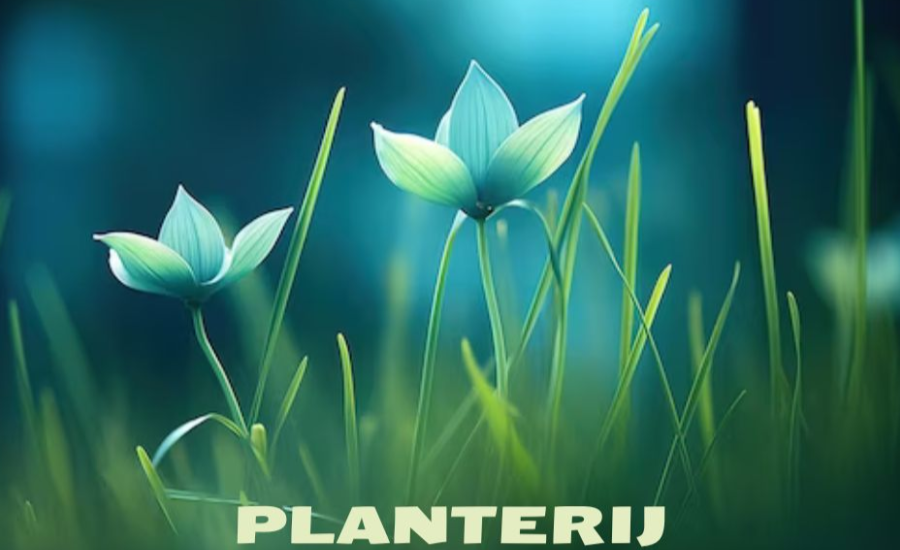Plants are far more than aesthetic additions to our homes and surroundings; they play a crucial role in enhancing the quality of our environment, supporting mental and physical health, and serving as invaluable sources of food, medicine, and ecological balance. The concept of a “Planterij”—a dedicated practice or space for nurturing and growing plants—presents endless opportunities to enrich our lives. By cultivating a Planterij, you not only beautify your surroundings but also contribute to sustainability and personal well-being.
This comprehensive guide explores the essentials of plant care, innovative gardening techniques, and the holistic benefits of creating your own Planterij. Whether you’re a seasoned gardener or a beginner, you’ll discover actionable insights to nurture plants effectively and foster a deeper connection with nature.
Understanding Plant Growth: The Foundation of a Thriving Planterij
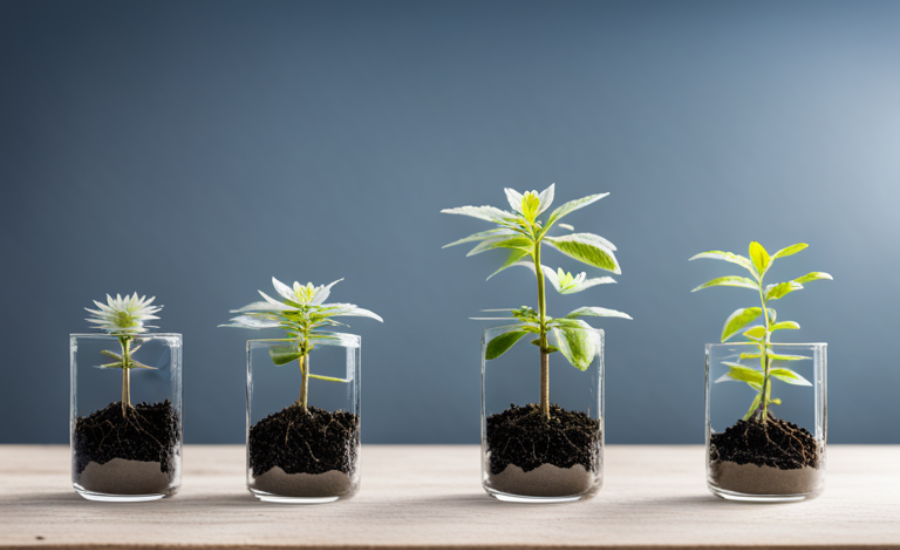
Photosynthesis: The Energy Engine of Plants
At the heart of every thriving plant is the process of photosynthesis, an extraordinary mechanism through which plants convert sunlight into usable energy. Chlorophyll, the pigment responsible for the green color in plants, absorbs sunlight and facilitates the transformation of carbon dioxide and water into glucose and oxygen. This not only powers the plant’s growth but also produces oxygen—an essential element for life on Earth. By cultivating plants, you actively participate in the cycle of life, promoting cleaner air and a healthier environment.
The Role of Soil and Nutrients
Healthy soil is the cornerstone of successful plant growth. Plants require a balance of macronutrients such as nitrogen (N), phosphorus (P), and potassium (K), as well as trace micronutrients like magnesium, calcium, and iron. The right soil texture and pH are equally critical. For instance, sandy soils provide excellent drainage but may lack nutrients, while clay soils retain water but risk poor aeration. Enriching soil with organic matter, such as compost or well-rotted manure, improves its fertility, structure, and microbial activity, ensuring plants receive the sustenance they need.
The Balance of Watering and Drainage
Water is essential for plant health, yet overwatering or underwatering can harm your plants. While too much water can suffocate roots and lead to rot, insufficient hydration can cause wilting and stunted growth. Each plant species has unique watering requirements, and understanding these is crucial. For example, succulents thrive in dry conditions with minimal watering, whereas tropical plants may demand consistent moisture. Ensuring proper drainage, such as using pots with drainage holes or incorporating coarse materials into the soil, prevents waterlogging and promotes root health.
Setting Up Your Planterij: From Vision to Reality
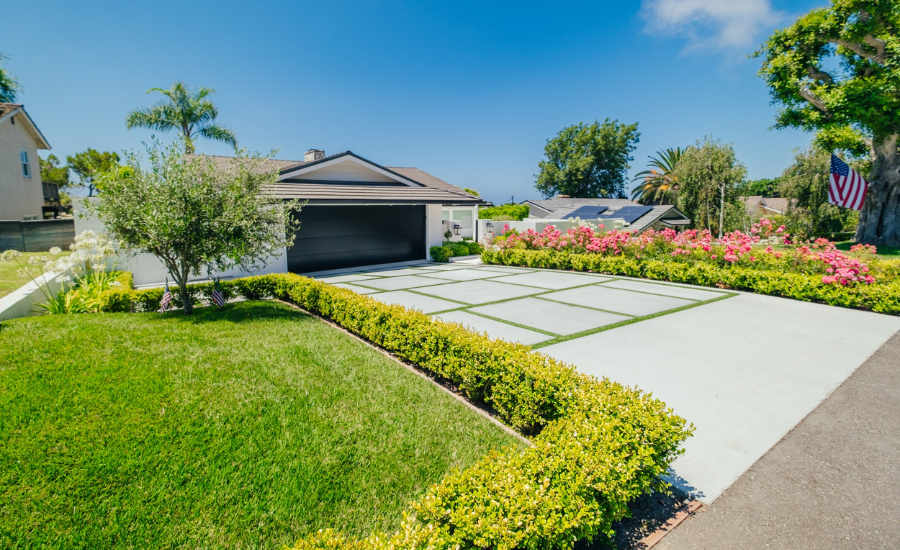
Selecting the Ideal Location
Choosing the right spot for your Planterij lays the groundwork for its success. Outdoor spaces like garden beds or patios require an assessment of light exposure, wind protection, and soil quality. Indoor Planterij setups should focus on access to natural light, such as near south-facing windows, or consider supplemental lighting like grow lights. The microclimate of your chosen location—temperature, humidity, and airflow—also plays a key role in plant selection and overall growth.
Choosing the Right Plants
Selecting plants that suit your local climate and the characteristics of your Planterij ensures sustainable growth and minimal maintenance. Start with hardy and adaptable species, such as herbs (basil, rosemary, mint), succulents (aloe vera, jade plants), or vegetables (lettuce, tomatoes, peppers). For advanced gardeners, incorporating native plants not only enhances biodiversity but also supports pollinators like bees and butterflies, creating a thriving ecosystem.
Designing an Efficient Layout
An organized layout maximizes space while ensuring optimal conditions for all plants. Vertical gardening solutions, such as trellises, shelves, or wall planters, are excellent for compact spaces and add a modern aesthetic. Companion planting—pairing plants that mutually benefit each other—can also improve growth and reduce pest risks. For example, marigolds deter pests from vegetables, while beans enrich soil with nitrogen.
Plant Care and Maintenance: Keeping Your Planterij Flourishing
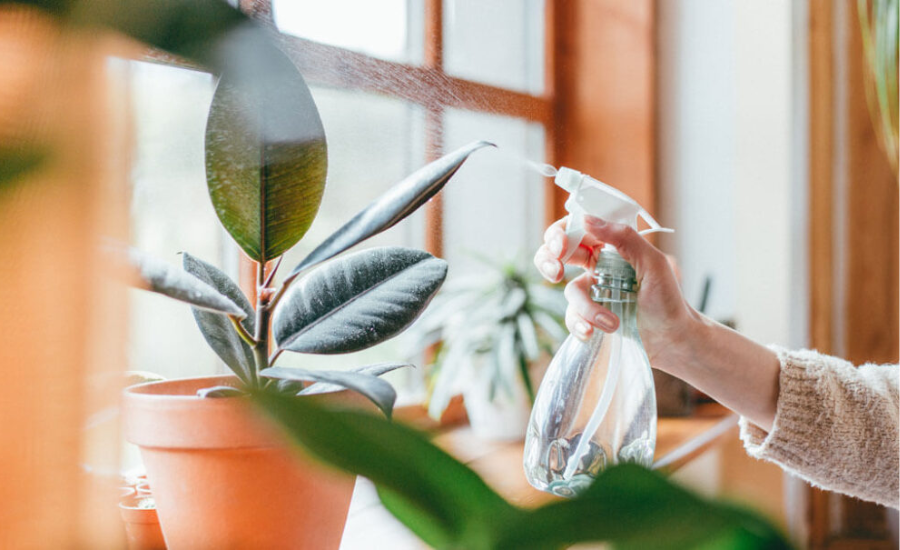
Fertilization and Soil Enrichment
Over time, plants deplete soil nutrients, necessitating periodic replenishment. Organic fertilizers, such as compost, bone meal, and fish emulsion, improve soil health naturally, while synthetic fertilizers provide precise nutrient ratios for targeted growth. Follow recommended guidelines to avoid over-fertilization, which can harm plants and contaminate groundwater. A regular schedule of soil testing helps identify nutrient deficiencies and pH imbalances, ensuring your Planterij remains productive.
Pruning and Maintenance
Pruning is essential for shaping plants, encouraging healthy growth, and preventing diseases. Remove dead or diseased leaves and branches promptly, as these can attract pests or spread infections. For flowering plants, deadheading—or removing spent blooms—prolongs the flowering period and encourages new growth. Additionally, regular cleaning of pots, tools, and gardening spaces minimizes the risk of contamination and pests.
Pest and Disease Management
No Planterij is immune to pests and diseases, but proactive care can mitigate these challenges. Regularly inspect plants for signs of trouble, such as discoloration, holes in leaves, or wilting. Integrated Pest Management (IPM) combines natural predators (like ladybugs), cultural practices (crop rotation), and organic treatments (neem oil, insecticidal soap) for holistic pest control. For fungal infections, ensure proper air circulation and avoid overhead watering.
Seasonal Adaptations: Gardening Year-Round

Spring: A Season of Renewal
Spring marks the beginning of the growing season, offering an opportunity to sow seeds, transplant seedlings, and prepare the soil. Adding compost or organic matter replenishes nutrients depleted over winter. Early planning and planting ensure a head start for vegetables, flowers, and herbs.
Summer: Maintaining Momentum
As temperatures rise, summer care focuses on hydration and protection. Frequent watering, especially in the mornings, prevents dehydration. Mulching around plants conserves moisture, regulates soil temperature, and suppresses weeds. Monitor for pests like aphids and caterpillars, which thrive in warm weather.
Autumn: Preparing for Dormancy
Autumn is a transitional period when plants begin to slow their growth. Pruning, dividing perennials, and adding mulch help prepare plants for winter. For vegetable gardens, this is the time to harvest late crops and sow cover crops to protect and enrich the soil.
Winter: Nurturing Resilience
Winter presents challenges like frost and reduced sunlight, but with proper care, plants can endure. For outdoor gardens, consider using cloches, row covers, or mulching to insulate roots. Indoor plants may require reduced watering and access to grow lights. Use this season to plan and strategize for the next growing cycle.
Exploring Innovative Techniques in Gardening
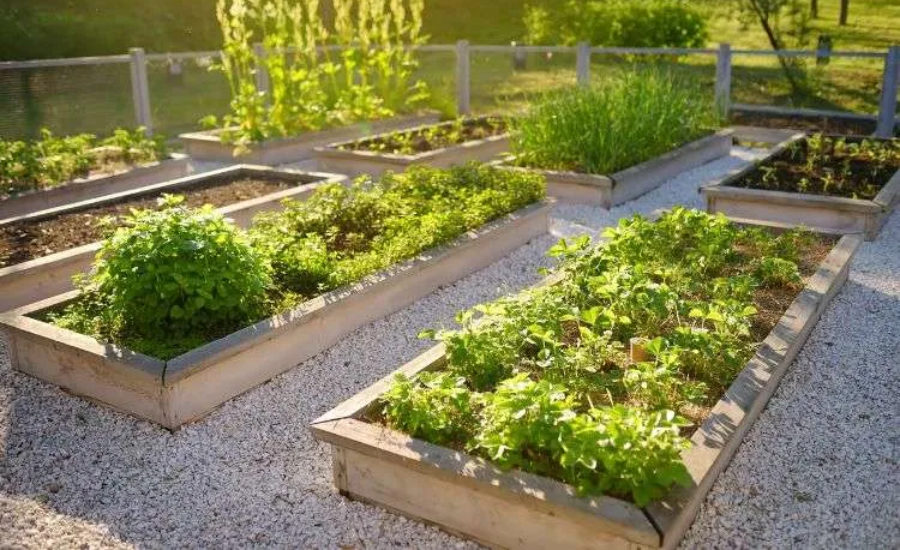
Hydroponics: Soil-Free Gardening
Hydroponics revolutionizes gardening by eliminating soil and growing plants in nutrient-rich water. This method accelerates growth, conserves water, and allows gardening in unconventional spaces. Ideal for urban environments, hydroponics systems range from simple setups to advanced automated solutions.
Aquaponics: A Symbiotic System
Combining hydroponics with aquaculture, aquaponics creates a self-sustaining ecosystem. Fish waste provides natural fertilizer for plants, while plants filter and purify the water for fish. This closed-loop system is efficient and environmentally friendly, producing both fresh produce and fish.
Vertical Gardening: Maximizing Space
Vertical gardening transforms walls, fences, and other vertical surfaces into lush plant displays. Ideal for small spaces, it integrates creativity with functionality. Use trellises, hanging planters, or even recycled materials like wooden pallets to craft a visually appealing and productive Planterij.
Smart Gardening: Technology Meets Nature
Modern gardening leverages technology to simplify plant care. Automated watering systems, app-controlled grow lights, and soil sensors help maintain optimal conditions for plants, even when you’re away. Smart gardening tools are particularly beneficial for beginners or busy individuals, offering convenience and efficiency.
The Multifaceted Benefits of a Planterij
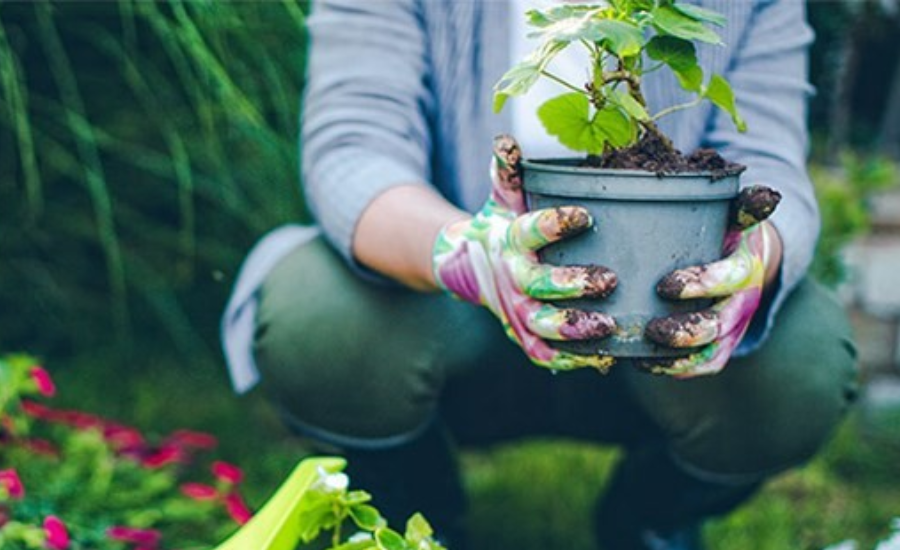
Environmental Contributions
By cultivating plants, you directly impact the environment positively. Plants absorb carbon dioxide and release oxygen, improving air quality. Gardens also support biodiversity, offering habitats for birds, pollinators, and beneficial insects. Urban Planterijs mitigate the heat island effect, reducing overall temperatures in cityscapes.
Mental and Physical Health Benefits
Engaging with plants promotes mental well-being by reducing stress, anxiety, and depression. The act of nurturing life fosters a sense of purpose and accomplishment. Physically, gardening provides moderate exercise, improves dexterity, and encourages healthy eating habits through homegrown produce.
Fostering Community and Education
A Planterij can be a powerful tool for community building and education. Shared spaces like community gardens or school gardens teach sustainability, food security, and the importance of green spaces. These areas bring people together, fostering connections and collaboration while promoting environmental stewardship.
Facts
- Role of Plants:
- Plants enhance the environment, support mental and physical health, and serve as sources of food, medicine, and ecological balance.
- Photosynthesis converts sunlight, carbon dioxide, and water into energy, producing oxygen essential for life.
- Plant Growth Essentials:
- Healthy soil with balanced nutrients (NPK and micronutrients) is critical.
- Proper watering and drainage are vital to prevent overwatering or underwatering.
- Understanding light requirements and climate compatibility ensures optimal plant growth.
- Planterij Set-Up:
- Ideal locations depend on light, airflow, and soil conditions.
- Plants can be grouped by similar needs, and vertical gardening maximizes space.
- Native plants and companion planting enhance biodiversity and pest management.
- Innovative Gardening Techniques:
- Hydroponics: Soil-free, water-efficient gardening ideal for urban spaces.
- Aquaponics: Combines fish farming with plant cultivation for a symbiotic ecosystem.
- Vertical Gardening: Maximizes space using walls, trellises, and hanging planters.
- Smart Gardening: Uses technology like automated systems and sensors for efficient plant care.
- Seasonal Adaptations:
- Spring: Prepare soil, sow seeds, and transplant seedlings.
- Summer: Focus on hydration, mulching, and pest monitoring.
- Autumn: Prune, harvest, and sow cover crops.
- Winter: Protect plants with insulation and plan for the next growing cycle.
- Benefits of a Planterij:
- Environmental: Improves air quality, supports biodiversity, and mitigates urban heat.
- Health: Reduces stress, anxiety, and depression while promoting physical activity.
- Community: Fosters education and social connections in shared garden spaces.
FAQs
Q: What is a Planterij?
A: A Planterij is a dedicated space or practice for growing and nurturing plants, designed to enhance aesthetics, sustainability, and well-being.
Q: What are the key requirements for plant growth?
A: Plants need proper light, healthy soil with nutrients, appropriate watering, and a conducive environment to thrive.
Q: What is photosynthesis, and why is it important?
A: Photosynthesis is the process through which plants convert sunlight into energy, releasing oxygen as a byproduct essential for life on Earth.
Q: How can I maximize space in small gardens?
A: Use vertical gardening techniques like trellises, wall planters, and shelves to optimize space while maintaining aesthetics.
Q: What are some innovative gardening methods?
A: Hydroponics, aquaponics, vertical gardening, and smart gardening technologies are modern approaches to enhance gardening efficiency.
Q: How do I select plants for my Planterij?
A: Choose plants based on your local climate, soil conditions, and light availability. Start with hardy species or native plants for easier maintenance.
Q: What are the benefits of gardening year-round?
A: Seasonal gardening ensures continuous plant growth, soil health, and crop production while adapting to changing environmental conditions.
Q: What are the mental and physical benefits of gardening?
A: Gardening reduces stress, improves mood, provides moderate exercise, and fosters healthier eating habits through homegrown produce.
Conclusion
Creating a Planterij is a rewarding endeavor that benefits both individuals and the environment. By understanding plant growth essentials, implementing innovative techniques, and adapting to seasonal changes, you can cultivate a thriving garden space. A Planterij enhances your surroundings, promotes sustainability, and improves mental and physical well-being. Whether for personal use, community building, or educational purposes, a well-maintained Planterij fosters a deeper connection with nature and contributes to a greener, healthier planet.
Don’t let go of this: Tribune Breaking
